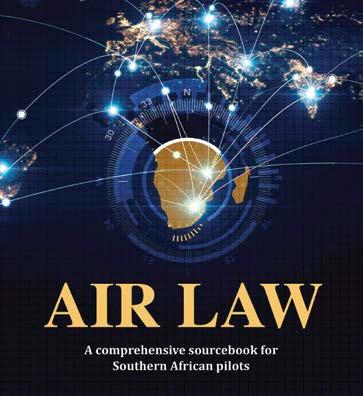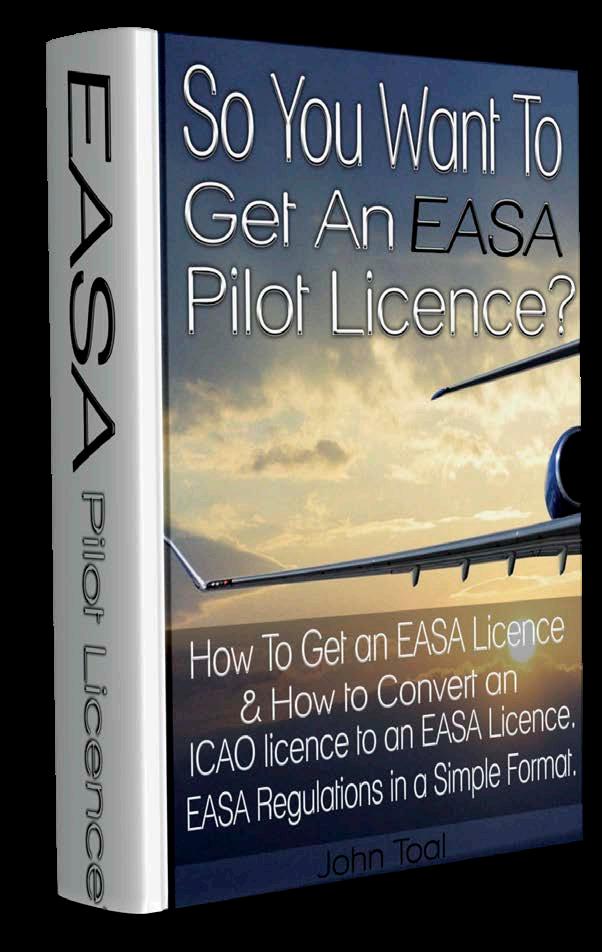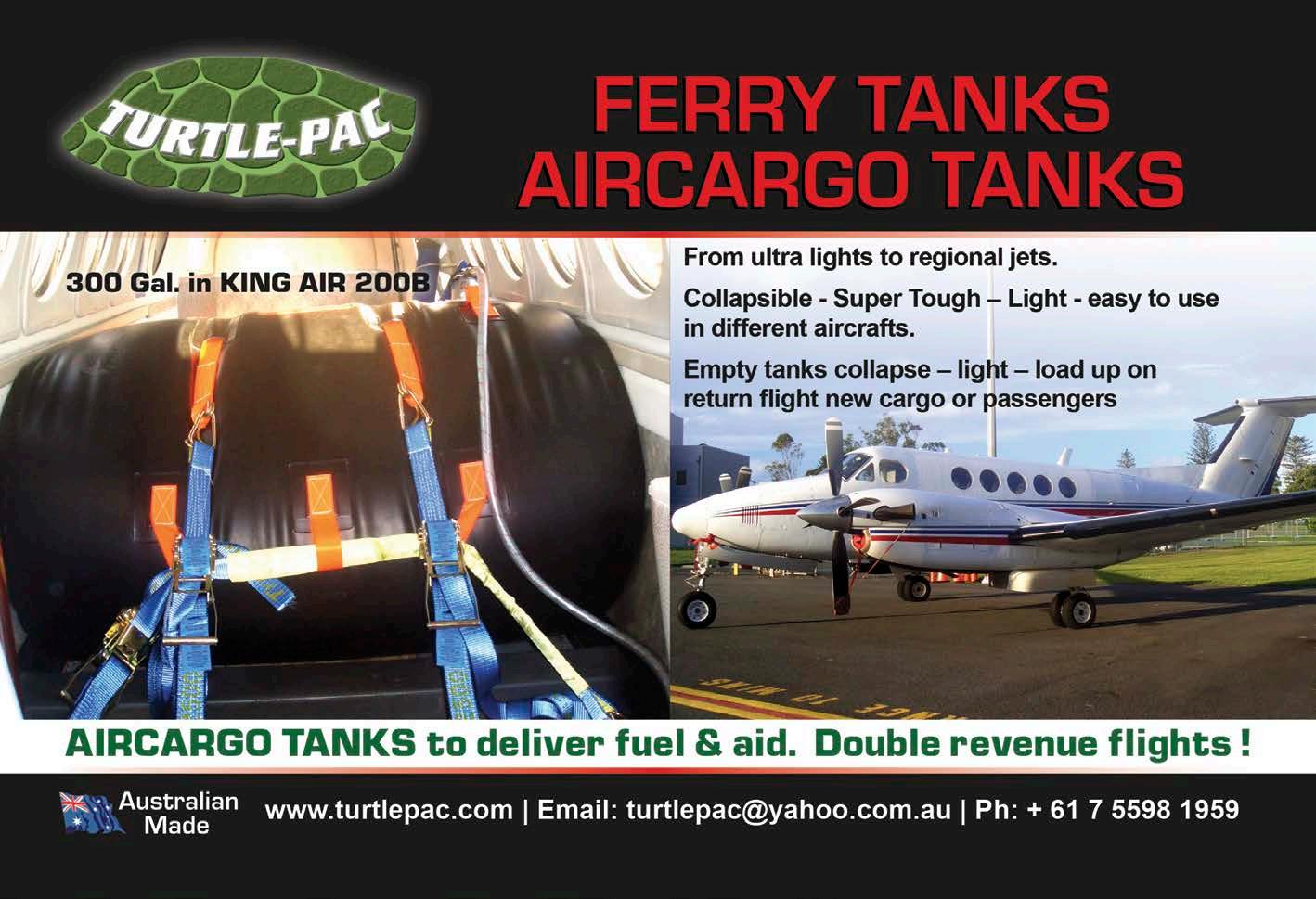
9 minute read
Leagle Eagle - Prof. Salazar
LEAGLE EAGLE: Converting your South African licence to an EASA licence EASA, do you have a licence for this monkey?
With the decline in SAA and the shrinking of job opportunities young pilots are looking abroad to get a career going. There has been an enormous upturn in interest in how to convert a South African licence to a European one.
Advertisement
IN The Return of the Pink Panther, Inspector Clouseau asks a street musician in Paris, “Doo yoo ’ave a leeseunce for yeur meunkee?” A young pilot with whom I enjoyed a nav to Graaff-Reinet FAGR put

LEFT: There is a whole book on how to get an EASA licence - but Prof Salazar breaks it down to simple steps for us in Africa.
on a Clouseau accent and asked me: “Can I get a leeseunce for this meunkee? ” – he meant his CPL. He knew my PPL/NR has been ‘validated’ by the French. He called it a conversion. It’s not quite a conversion – even with a French accent.
So how do you convert your South African licence to a European (EASA) one? Step by step, let us follow the Pink Panther’s trail of a “conversion” by the European Aviation Safety Agency (EASA).
Step #1: Aircrew Regulation: EASA pilot licensing is framed by (full rich) the COMMISSION REGULATION (EU) No 1178/2011 of 3 November 2011 laying down technical requirements and administrative procedures related to civil aviation aircrew pursuant to Regulation (EC) No 216/2008 of the European Parliament and of the Council. Lean title: Aircrew Regulation, or R1178/2011 (as at 5/3/2020) (references below are to this doc). It sets EASA “common requirements” for licensing but only Member States of the EU (plus Iceland, Lichtenstein, Norway, Switzerland) are “competent” to deliver licences. Not EASA. Step #2: Part-FCL: Annex I of Aircrew Regulation deals with pilot licences, or “Flight Crew Licences” (FCL) (pp. 17- 106, plus 9 Appendices about syllabuses, training exercises, exams, tests etc., pp. 107- 215). Europeans refer to “Part-FCL” as we do to “Part 65” of our CARS.
Step #3: “Acceptance” of your SACAA
licence (PPL, CPL, ATPL, and ratings). Because South Africa has Third Country status, Member States “may accept” your ICAO compliant licence (Article 8.1, p. 10) according to specific rules (Annex III, A and B, pp. 224-228). This is the part that matters to you! National rules may differ a bit (“derogations”). In short, you will apply to a Member State CAA to have your licence “accepted”. But not to EASA.
Step #4: “Acceptance” by the UK CAA: the UK became a Third Country on 31/1/2020 but she is “treated” as a Member State until 31/12/2020 only. So, from 2021, when the UK gains full Third Country status, what may happen to a UK CAAissued EASA validation or conversion is unclear. Call Boris.
Step #5: “Acceptance” covers two different procedures: “validation” and “conversion”. Step #6: Conversion. Whether you hold a SACAA PPL, CPL or ATPL, what you’ll get is an EASA Part-FCL PPL with a singlepilot class or type rating (Annex III, B, 1, p. 227). See boxed text. In short: you’ll fly private. Sorry for the monkey. Let’s call it the basic conversion.
Step #7: Validation is set by Annex III, A, 1-7 (pp. 224-227) and allows you to use your home PPL, CPL or ATPL either for “non-commercial” (private) or for “commercial activities”. Validation sounds grand but beware!
Each European Authority issues its own licences.


Step #8: “Non-commercial” (private). This is what you want if, like me, you are a GA pilot and want to swan around Saint-Tropez or the Dordogne. Whether you hold a PPL/CPL/ATPL, you are given only the privileges of a PPL (if you want to add your IR you have to provide relevant docs). It is a fairly easy procedure. How do you go about it? You contact the CAA of your choice or SACAA since they must verify your licence. You must hold at least a valid ICAO medical certificate Class 2, so your SACAA medical will do the trick. Each CAA does its own thing: in my case the French were easy going – everything was done by email, and SACAA was fast too. It is valid for one year (at a time, for now). I renewed mine several times. Step #9: Validation of CPL/ATPL. Don’t bother! It is a lot of work to achieve sweet nothing since it is valid for one year only! Unless you are sure to find plenty of dosh at the end of the runway by flying for “specific tasks of limited duration, such as instruction flights for initial entry into service, demonstration, ferry or test flights” (pp. 226-227). If you still want to brag, just think twice: it involves a revalidation skill test, a demonstrated knowledge of operations and Part-FCL (Air Law, if you wish), a demonstrated English proficiency, a Class 1 medical in line with EASA Part-MED (Annex IV) which means a costly visit to a EASA-approved doctor, and a range of flying experience requirements depending upon the licence and rating you hold. They are neatly tabled on pp. 224-225. The UK CAA website is worth checking (page: validating a non-EU licence for work in the UK).
Step #10: period of validation. To repeat my warning: it cannot exceed one year (with one-year extension if you are training for a “commercial” EASA licence (read: CPL/ATPL). In short, a validation is an expedient if you are sure to strike gold in 12 months. Fine if you are a GA flyer, otherwise no.
Step #11: training requirements? As a rule, for both validation and conversion, the competent CAA must make sure you meet the requirements of Part-FCL. How does this CAA see to it? “On the basis of a recommendation from an approved training organisation” (Article 8.2). In short: you join an Approved Training Organisation. This also means that “the requirements of course duration, number of lessons and specific training hours may be reduced” as advised by the school (Article 8.3). Some CAAs have a reputation for being pernickety (German). Others for their straightforwardness (Irish). Pick one. As I said, except for the non-commercial validation, which is easy to get but is of little use to a young pilot who wants to get a career going, that is a lot of trouble for just one year.
Solution? Be a smart Pink Panther and retrain: my young pilot friend in search of a licence for his CPL monkey is likely to do it in the UK or at one of the some 18 ATOs, EASA approved worldwide, that offer “conversion courses”. In effect these courses will help him secure an EASA conversion to PPL Part-FCL (Step #6 and boxed text) and then put him through the training required to meet the requirements of CPL Part-FCL. You can call this extensive and expensive new training a “conversion”, and the UK CAA does. In fact, you retrain but, in the case of a CPL, you’ll get some of your flying hours credited at the discretion of the licensing authority and on the recommendation of the ATO where you enroll. But you’d better brace yourself for the written exams as you will not be credited for any theoretical knowledge exam you had passed under our sunny skies. The only break you’ll get is that you may just be allowed to attend less ground school, at the EASA-approved ATO’s discretion. And what if you are a top monkey, with an ATPL with current flying experience? ATPL pilots with an ICAO/SACAA licence can get full credit for hours flown and for any training that precedes theoretical examinations and skill test (Article 8.4). Again, CAAs vary: the French DGAC is cool (for once, no red tape): send a form and present yourself “directly” at these examinations, i.e. without enrolling at an ATO. I am told the German CAA, LuftfahrtBundesamt, seems hard to negotiate. The Italian ENAC is a model of clarity in its EASA-aligned requirements – if you know Italian. In any event a top monkey must prove that she has met the EASA PartFCL experience requirements set out in the Regulations, at FCL510 A or H paragraph b (p. 47-48).
THE PINK PANTHER GUIDE TO THE BASIC CONVERSION Source: EASA eRules Easy Access Rules for Flight Crew Licensing (Highly recommended!) 1. A PPL/BPL/SPL, a CPL or an ATPL licence issued in compliance with the requirements of Annex 1 to the Chicago Convention by a third country may be converted into a PartFCL PPL/BPL/SPL with a single-pilot class or type rating by the competent authority of a Member State.
This Annex defines Standards and Recommended Practices for the licensing of flight crew, including training. SACAA is compliant,
so is your licence. B refers to balloon and S to sailplane i.e. glider, not to our SPL! 2. The holder of the licence shall comply with the following minimum requirements, for the relevant aircraft category: (a) pass a written examination in Air Law and Human Performance: Human Performance is pretty standard but Air Law (see my own book…!) involves local differences for instance in the way regulations are presented. Our Civil Aviation Regulations is what the Brits refer to as the Air Navigation Order (ANO): Medical Certification is not Part 67 – it is Part 6 Chapter 3. AICs in the UK are colour coded – the pink ones matter most to a pilot, says the Panther. (b) pass the PPL, BPL or SPL skill test, as relevant, in accordance with Part-FC: This should pose no problem. Again: “S”PL refers to gliders in EASA lingo. (c) fulfill the requirements for the issue of the relevant class or type rating, in accordance with Subpart H; Subpart H is a 70-page document with regulations on class and type ratings to ensure competency. Article 8.2-3 provides for a reduction in course duration, and number of lessons and training hours on the recommendation of your EASA-approved ATO. (d) hold at least a Class 2 medical certificate, issued in accordance with Part-Medical: Note, “at least” since the base line is PPL, and it is PartMED, not your ICAO/SACAA medical (which is good for a noncommercial validation only).
(e) demonstrate that he/she has acquired language proficiency in accordance with FCL.055: Brush up your “English Spoken in Cockpit”. English Language Proficiency (ELP) includes to “handle successfully the linguistic challenges presented by a complication or unexpected turn of events”. See my Air Law for ICAO language proficiency standards. (f) have completed at least 100 hours of flight time as a pilot. Not PIC, but simply flight time. They need to see your logbook. Some CAAs want originals (!), some don’t. Check with your ATO.

What does it take to convert your SA licence to an EASA licence?











